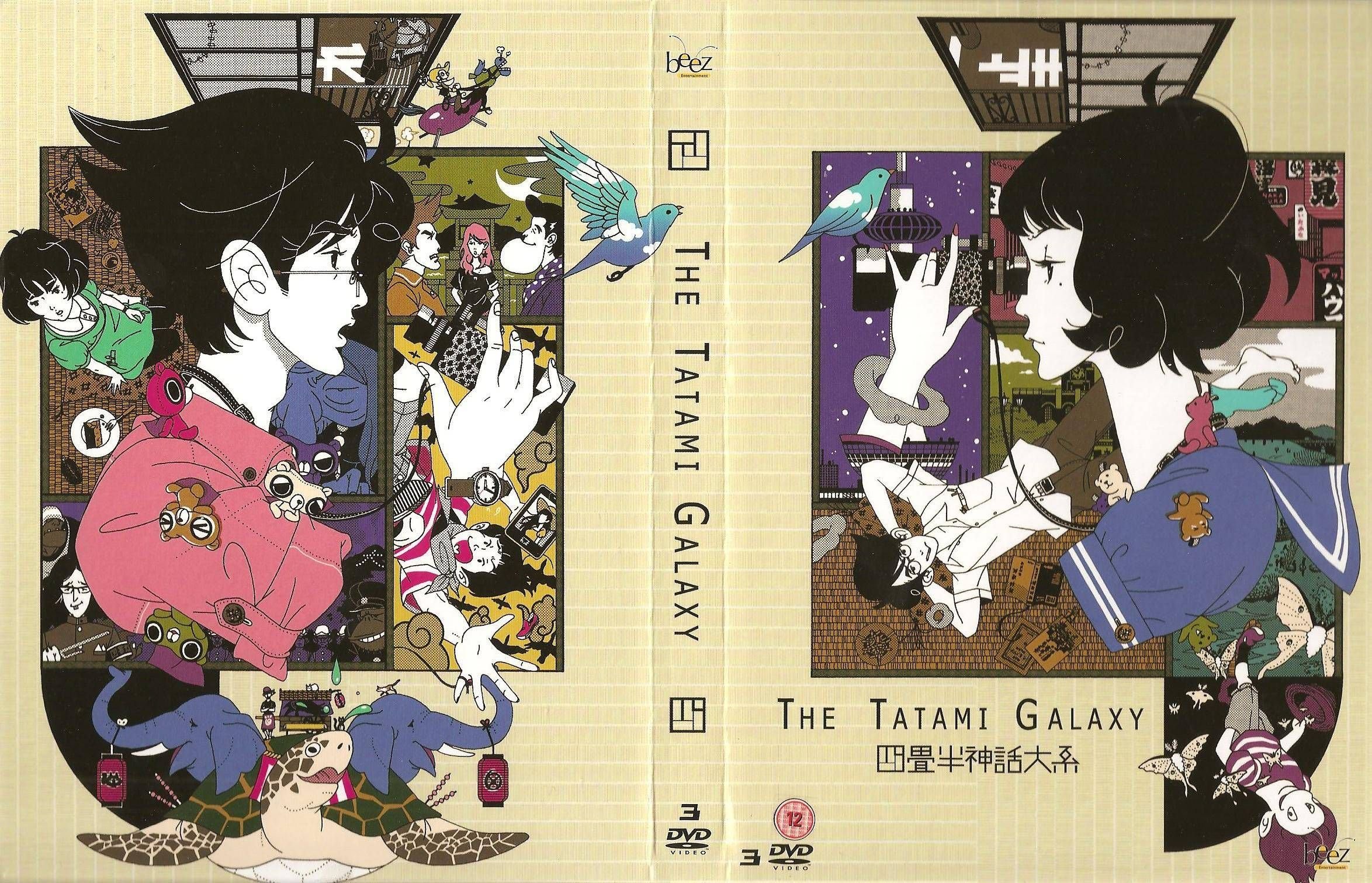Taiyo Matsumoto’s Art Style

Sharp jaws, angular bodies, steroid-pumped arms, and cosmically big eyes: these seem to be the recipe for manga characters.
It’s a coming-of-age experience to receive a “how to draw manga” book and hope for a fruitful career, so many of us are familiar with the boxed style of Japanese comics. Especially when it first became mainstream, style didn’t differ widely between artists. That’s exactly the reason why Taiyo Matsumoto, one of the most legendary and riveting manga artists, has a style and artistry that’s incredibly important to the subculture.
Born in 1967, Taiyo Matsumoto didn’t envision a career in art at first: he wanted to be a professional soccer athlete. Thankfully for us, he channeled his passion instead toward comics. His success emerged from works like his manga Ping Pong, the globally appraised anime film Tekkonkinkreet, as well as Blue Spring.
What skyrocketed Matsumoto’s popularity is his unique art. It’s introspective, surreal, and unfamiliar to manga beauty conventions. It represents characters the same way humans perceive themselves: odd at times, a little broken, but full of emotion. It’s romantic in a contemporary way, the same way overcrowded concrete jungles inspire us.
His inspiration is known to be Mobius and Akira, and it’s clear as day, especially in his fantasy elements, though Matsumoto can be considered a little more gritty, naive, and rebellious. His color palettes often reflect the mindset of his characters, like a bilious green and warm muted tones to represent irony, determination, and bitterness.
If we’re talking about style, we have to talk about substance as well. Beyond his illustrative prowesses, Matsumoto is royally superior in storytelling. Looking at a trailer for Tekkonkinkreet will easily give it away, as his imagination surpasses black-and-white narratives of bad and good, and plays around with the concept of the anti-hero. His art transpires of lore and culture, and there’s not one detail that goes out of his sight.
About the Author:
Mizuki Khoury
Born in Montreal, based in Tokyo. Sabukaru’s senior writer and works as an artist under Exit Number Five.





